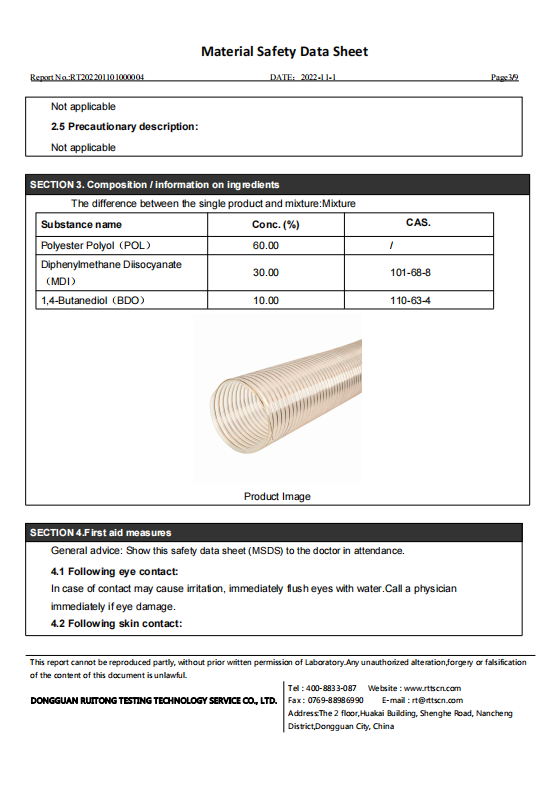High-Quality 2 Inch Suction Hose for Efficient Water Transfer
Understanding 2-Inch Suction Hoses Applications, Benefits, and Care
In the realm of fluid transfer and management, the 2-inch suction hose stands out as an essential tool in various industries. This specific size has garnered attention due to its versatility and efficiency in transporting liquids, making it a popular choice for both professional and DIY applications.
Applications
2-inch suction hoses are widely used across multiple sectors, including agriculture, construction, and industrial settings. In agriculture, these hoses are vital for irrigation systems, transferring water from ponds, wells, or reservoirs to fields. They enable farmers to efficiently manage water resources, ensuring that crops receive the necessary hydration for growth.
In construction, a 2-inch suction hose plays a crucial role in dewatering applications. It is often employed to remove water from construction sites or flooded areas, allowing work to proceed unhindered. Moreover, in industrial settings, these hoses may be utilized for transferring chemicals, wastewater, or other liquids, where reliability and durability are paramount.
Benefits
One of the primary benefits of using a 2-inch suction hose is its balance of diameter and flexibility. This size allows for a substantial flow rate while remaining lightweight and easy to handle. Additionally, many 2-inch hoses are made from materials such as PVC, rubber, or reinforced thermoplastic, which provide resistance to wear and tear as well as chemical compatibility, enhancing their longevity.
Moreover, the 2-inch suction hose often features a smooth interior lining, which minimizes friction and maximizes flow efficiency. This aspect is crucial in applications where time and speed are of the essence, as it reduces pump strain and energy consumption.
2in suction hose

Care and Maintenance
To ensure the optimum performance and lifespan of a 2-inch suction hose, proper care and maintenance are necessary. Here are some tips
1. Regular Inspection Check for signs of wear, such as cracks or punctures. Early detection can prevent more significant issues down the line.
2. Cleanliness After each use, it's essential to clean the hose thoroughly to remove any residues or contaminants. Clogged hoses can lead to reduced efficiency and increased wear.
3. Storage When not in use, store the hose in a cool, dry place away from direct sunlight. Exposure to extreme temperatures and UV light can degrade the materials.
4. Proper Handling Avoid kinking, twisting, or putting unnecessary stress on the hose while in use or during transportation. Such actions can compromise structural integrity.
Conclusion
The 2-inch suction hose is a versatile and valuable tool in many applications, providing reliable fluid transfer solutions in a range of industries. Its balance of size, flexibility, and efficiency makes it a top choice for professionals and hobbyists alike. By understanding its applications, benefits, and maintenance needs, users can make the most of this essential equipment, ensuring that it serves effectively for years to come. Whether you are managing an agriculture project or a construction site, the right suction hose can make a significant difference in operational efficiency and productivity.
-
Top Quality Oxy Acetylene Hoses for Sale Fit for Welding DemandsNewsJul.28,2025
-
The Future of Pneumatic Air Tubes in IndustryNewsJul.28,2025
-
Superior and Reliable LPG Hose Pipe Solutions for Every NeedNewsJul.28,2025
-
Exceptionally Durable and Versatile Premium Braided PVC TubingNewsJul.28,2025
-
Best Adapters for Connecting Garden Hose to PVC Pipe ConnectionsNewsJul.28,2025
-
The Essential Role of LPG Hoses in Safe and Efficient Gas DistributionNewsJul.16,2025














